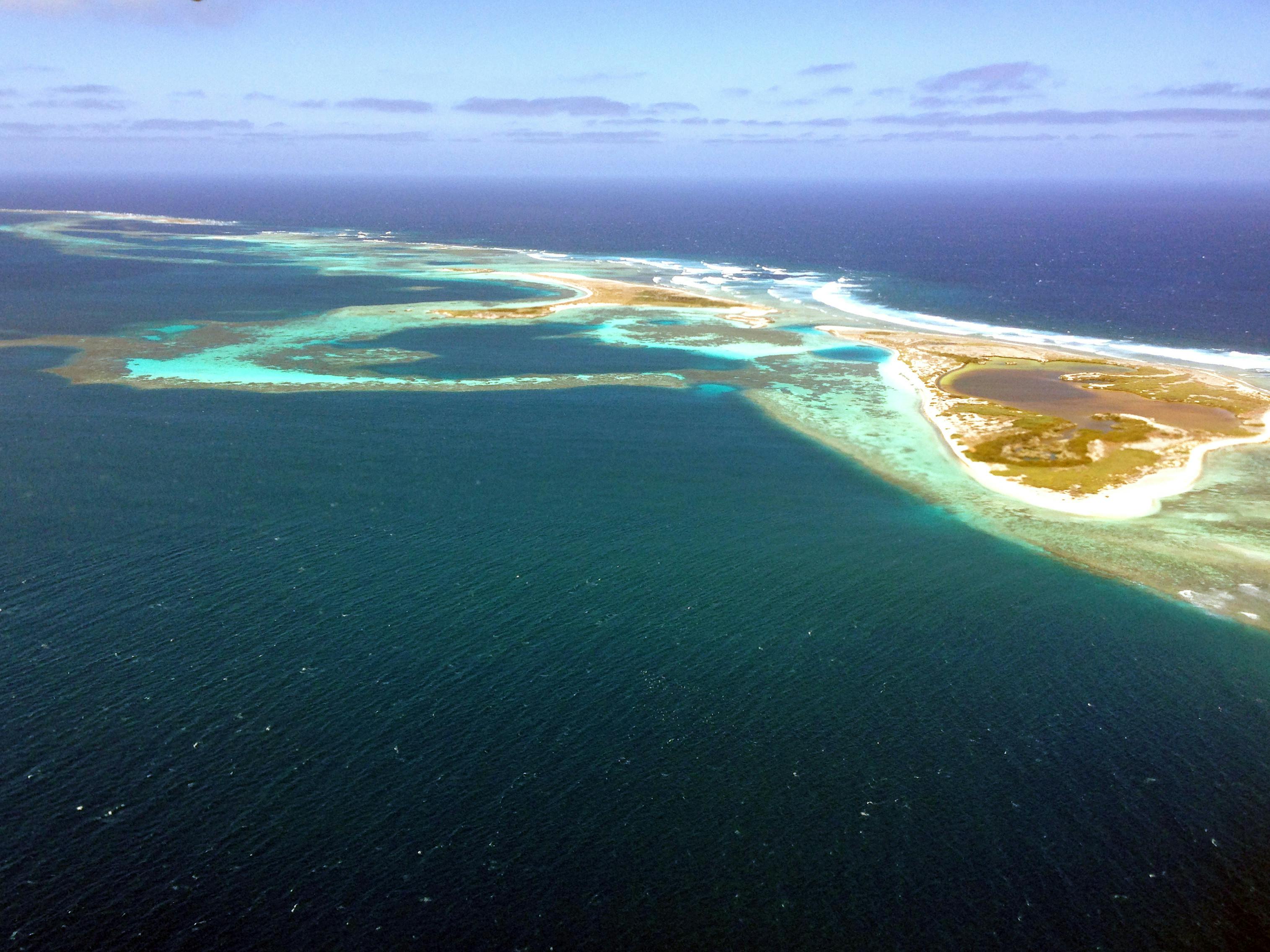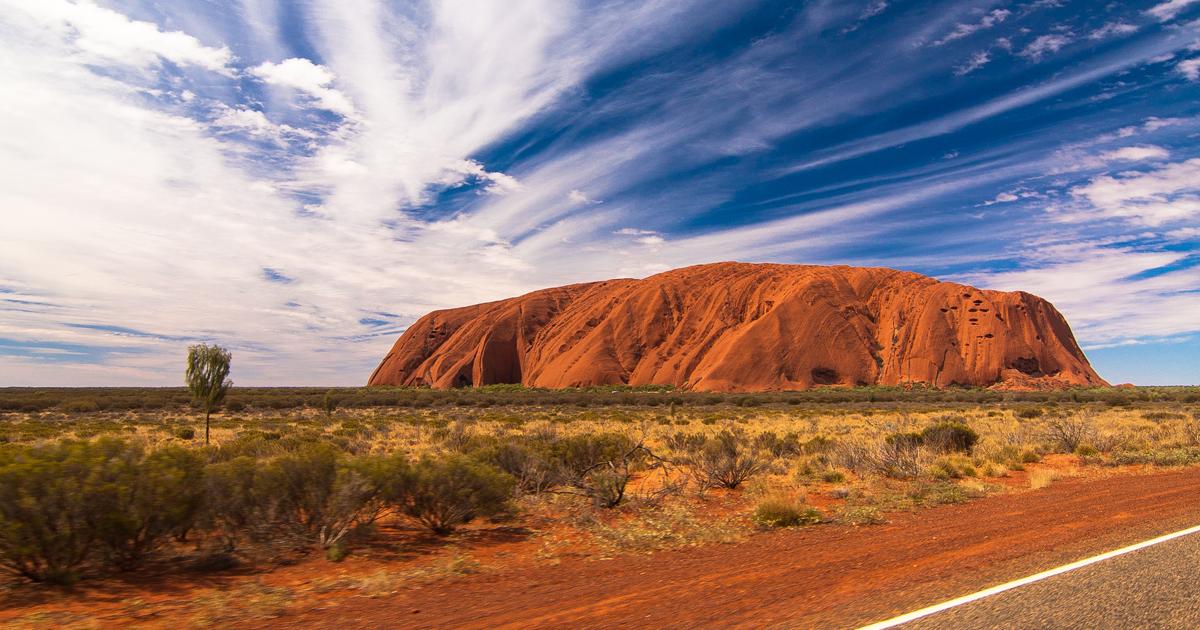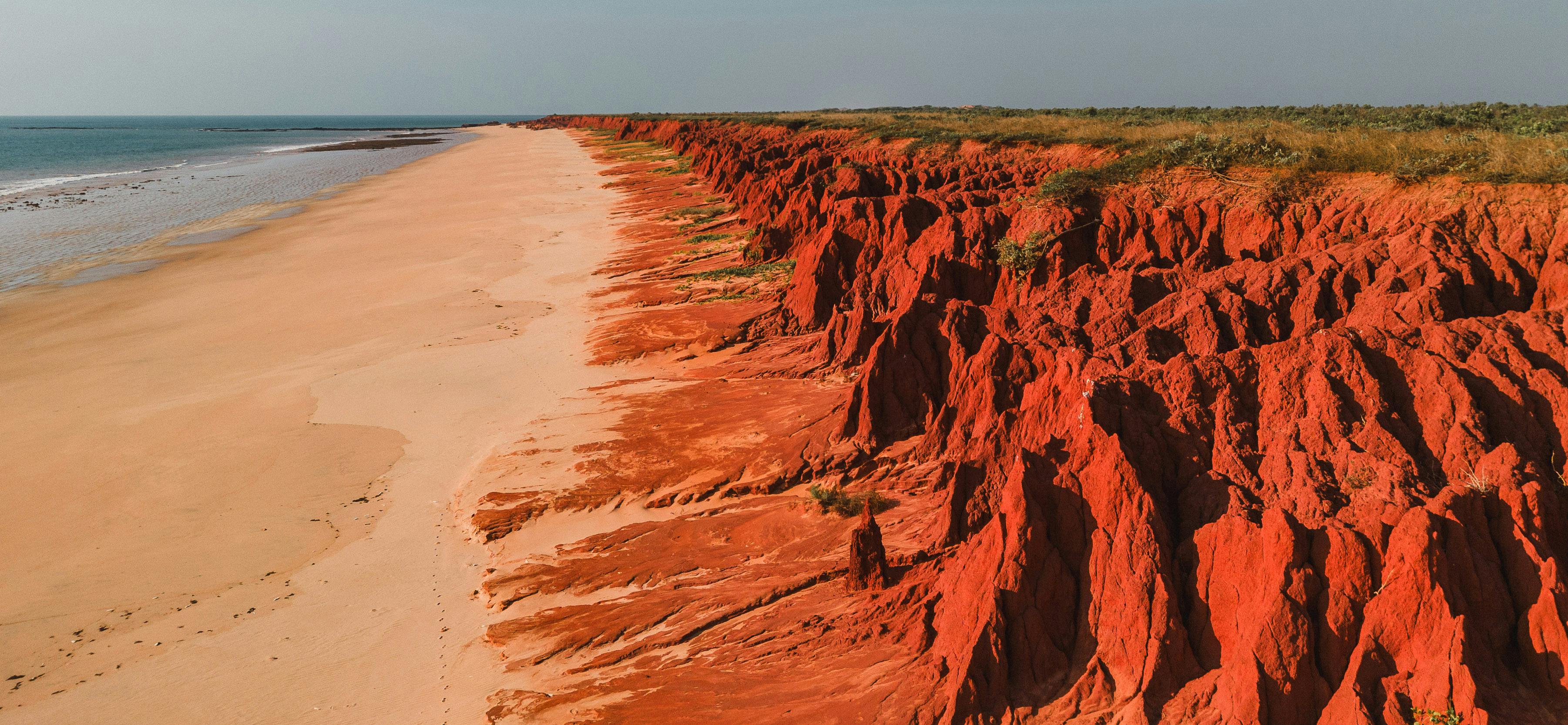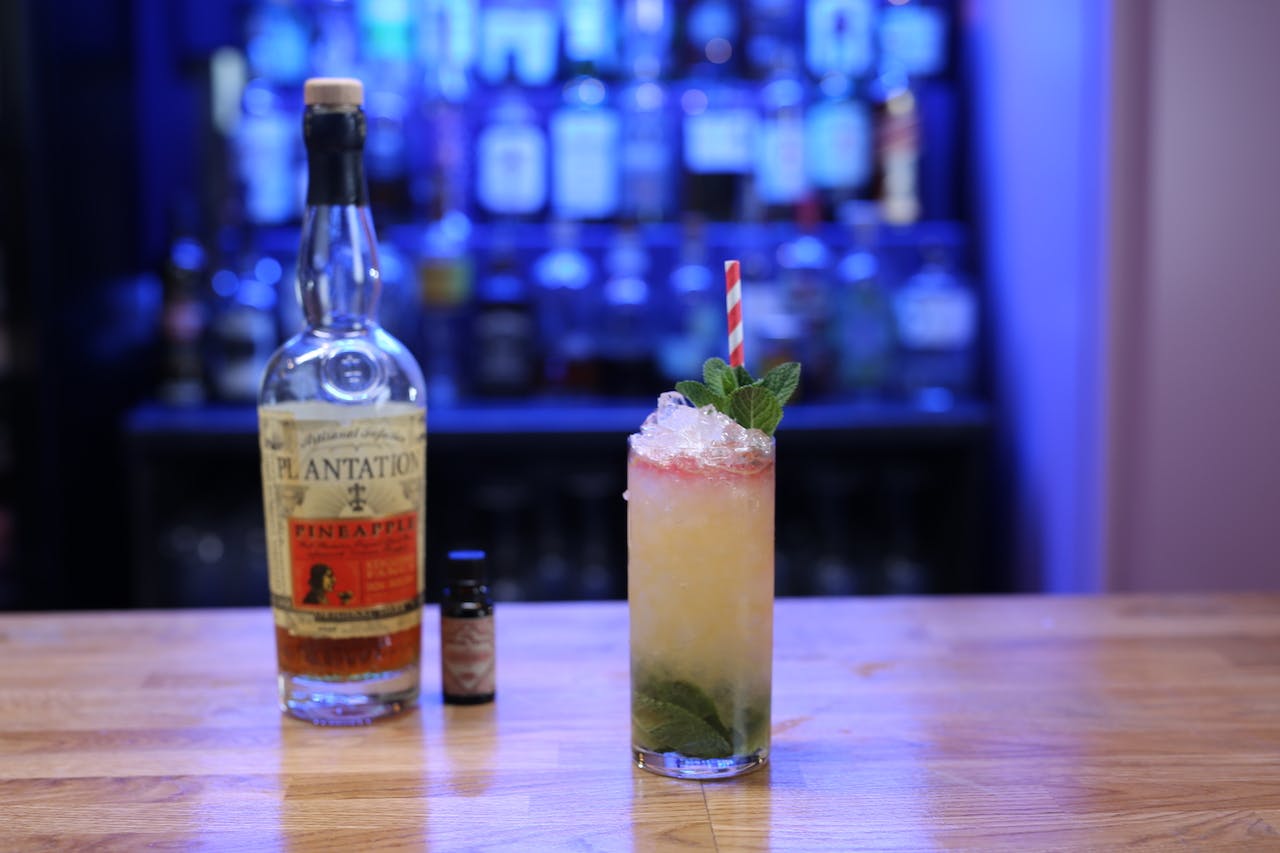See Western Australia Through Its Most Remote Islands on an Expedition Cruise
The world’s biggest island has some of the smallest islands scattered off the Western Australia coastline, as if crumbs of the continent have been blown across the Indian Ocean on a sea breeze.
These are the spectacular specks that even Australians haven’t heard of — Abrolhos, Dirk Hartog, Montebello, Lacepedes, the Buccaneer Archipelago — yet they are featured on Silversea itineraries, making it easy to explore these remote gems off Western Australia.
The islands are spread along the coastline between the ports of Broome in the north and Fremantle, near the state’s capital of Perth, in the south — an extraordinary distance of more than 1400 nautical miles, which takes around 12 nights to sail by expedition ship.
But aside from the islands’ geographical remoteness, why have so few people been to these mysterious oases? The main reason is infrastructure: there are no airports, ferry services or bridges. Most have no accommodation, so a yacht, barge or expedition ship are the only options. Big cruise ships can’t access these locations, as the long list of wrecks will attest. The nearest capital city on the mainland, Perth, is also the world’s most remote. To drive to the nearest take-off point for a scenic flight or boat trip takes almost five hours. There are plenty of easier places to go.
This is great news for the adventurers who make the effort — and book the cruise. The whole Western Australia coastline is remarkably undeveloped, but its islands are next-level untouched, and Silversea is the most luxurious way to experience them.
Buccaneer Archipelago

Perhaps the most exciting part of the Kimberley region — home, for instance, of the city of Broome, Australia — is the Buccaneer Archipelago, which is spread across more than 1000 islands. One of its best known destinations is Horizontal Falls.
The famous spectacle is caused by the fast tidal pull between two narrow gaps in the sandstone gorge of Talbot Bay, which creates powerful, reversible whirlpools. This natural attraction draws many tourists on day trips by helicopter, seaplane and speedboat.
Lesser known is the massive, inshore Montgomery Reef, which becomes exposed when the tide quickly drops by several metres, making it appear to rise from the ocean. As the water pours off the top of the coral reef in hundreds of cascades, it’s like being surrounded by waterfalls. This is an excursion not to be missed.
On land, at Freshwater Cove and Raft Point, in Worrora Country, Wandjina-style ochre paintings can be found in caves and overhangs. According to the most recent dating by archaeologists, based on the age of wasp nests covering the works, some of the artwork is roughly 50,000 years old.
Must Do: Zip through the Horizontal Falls in a speedboat. Witness the underrated marvel of Montgomery Hike to see ancient Aboriginal rock art.
Insider Tip: The in-water attractions are tide-dependent, so don’t be late for your excursions!
Find Your Cruise: Silver Explorer offers four, 17-day expedition itineraries between Perth’s Freemantle and Darwin.
Abrolhos Islands
Sorry to burst the beautiful bubble, but when discussing this island, first one must address a gruesome history: Australia’s first and worst mass murder, which occurred more than a century before it was established as a British outpost and penal colony. In 1629, Dutch East India Company’s Batavia was wrecked on this archipelago, leading to a two-month mutiny that killed more than 100 men, women and children. It’s a fascinating horror story set in paradise —and one you should consider reading pre-cruise.
But don’t let that turn you off. The Abrolhos is now a peaceful village of fishermen and pearl farms, surrounded by deserted, white-sand beaches teeming with turtles, humpback whales and stingrays. On land, wildlife includes wallabies, rare lizards and large birds such as osprey and sea-eagles.
Must Do: Feast on fresh-caught crayfish (Western rock lobster). Swim around a tropical reef, straight off the beach. And definitely read about the history in Peter Fitzsimon’s Batavia.
Insider tip: This is a magical spot: it’s the southernmost location in the Southern Hemisphere to see giant coral reef systems and the northernmost habitat for Australian sea lions.
Find Your Cruise: Silver Explorer offers four, 17-day expedition itineraries between Perth’s Freemantle and Darwin.
Dirk Hartog Island

Named after the Dutch explorer who encountered the coastline 400 years ago (the first recorded landing of a European), ‘Dirk’ is almost exactly as he left it. A conservation program is restoring this stunning island, especially the native fauna, to its original state. The underwater population is thriving with the ‘big five’: dolphins, dugongs (similar to manatees), manta rays, turtles and sharks. Only the caretakers live here, with an eco lodge and campgrounds for the few overnight visitors.
Must do: Snorkel in the crystal-clear waters. Watch the ocean erupt through blowholes. And see the pewter plate, nailed to a post in 1616, engraved with the names of senior officers from Hartog’s ship.
Insider tip: The landscape is so rugged that a Thor movie and many SUV commercials have been filmed here.
Find Your Cruise: Silver Explorer offers four, 17-day expedition itineraries between Perth’s Freemantle and Darwin.
Montebello Islands
As the test site of the first British atomic bomb in the 1950s, some of these 265 islands have remnants of concrete bunkers, roads and the military operations headquarters. The marine life is clearly back and thriving, as it’s popular for offshore fishing charters and diving. Surfers are also attracted to ‘the Monties’ for the remoteness, reef breaks and barreling down the face of big waves with the fish at your feet.
Must Do: Take a Zodiac cruise around the island.
Insider Tip: Trimouille and Alpha Islands still have slightly elevated radiation, so visitors (by land) are limited to one hour.
Find Your Cruise: Silver Explorer offers four, 17-day expedition itineraries between Perth’s Freemantle and Darwin.
Dampier Archipelago

Aboriginal people, known as Murujuga in this region, have occupied the area for a mind-blowing 2.4 billion years. Indigenous rock engravings in excellent condition show animals, humans and mythical beings. The contrast of rusty red earth, white sand and turquoise water is also a sight to behold.
In the water, Dampier Marine Park protects coral reefs, sponge gardens, seagrass meadows and a high diversity of fish, molluscs and four turtle species.
Must Do: Walk with an indigenous guide to learn about the history and rock engravings. Snorkel among the world’s oldest rocks, formed in the Archaean period 2400 million years ago. Spot humpback whales on a Zodiac cruise.
Insider Tip: On seaside rocks, look out for osprey and sea-eagles’ tall nests, which can be decades old.
Find Your Cruise: Silver Explorer offers four, 17-day expedition itineraries between Perth’s Freemantle and Darwin.
Lacepedes Islands
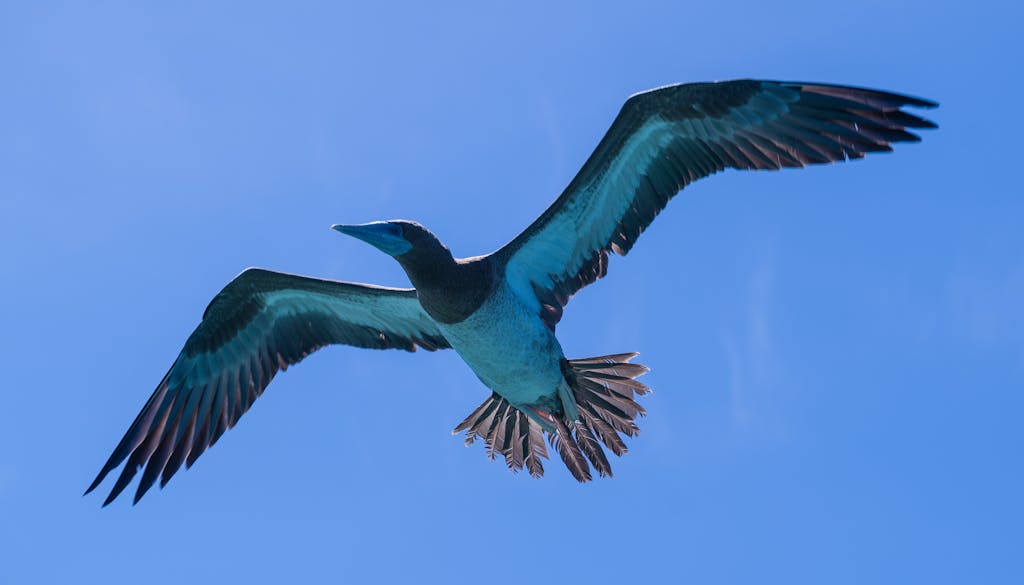
Just arriving in the Kimberley is a thrilling highlight of this expedition, starting with the Lacepedes. An important breeding ground for seabirds and green turtles, these four islands (West, East, Middle and Sandy) are bursting with life.
The colony of 18,000 brown boobies is possibly the largest in the world. Also commonly spotted are masked boobies, roseate terns, eastern reef egrets, sooty oystercatchers, lesser frigates, pied cormorants and Australian pelicans. Visiting wading birds include the delightfully named bar-tailed godwits, grey-tailed tattlers, ruddy turnstones and whimbrels.
Must do: Birdspotting in the lagoon for brown boobies and their feathery friends.
Insider tip: This is also one of the easiest places to see turtles popping their heads out of the water.
Want to experience the remote islands off Western Australia? Check out Silver Explorer’s 17-day expedition itineraries between Perth’s Freemantle and Darwin.



